The U.S. Centers for Disease Control and Prevention’s (CDC) current universal use recommendation for the HPV (human papillomavirus) vaccine is two doses given to adolescent by ages 11-12 and three doses if the series is started on or after age 15. The vaccine can be given to children as young as age nine, but that is not the CDC’s general use recommendation, which most doctors follow.1
During the April 15-16, 2025 ACIP meeting, it was revealed that certain stakeholders have expressed an interest in having the CDC move the recommended age that HPV shots routinely begin to be administered to earlier—at only nine years old. The ACIP work group is considering changing the CDC’s formal recommendation to “HPV vaccination is routinely recommended at age 9-12 years.”2
The ACIP’s HPV work groups did not meet from 2019 until July 2024. At both the July 2024 and April 2025 ACIP meetings, the work group presented a summary of evidence of a one-dose HPV vaccination schedule, along with revised wording to gauge interest in HPV vaccination at the age of nine.3
One Dose of HPV Vaccine Considered
The work group is considering changing the dosing recommendations to one dose if the patient is between 9-12 years old and to recommending two doses if the patient is 15 years or older. Since 2022, the World Health Organization (WHO) has recommended that patients aged nine and older get a two-dose series but allow for the option of a one dose vaccination. Other countries such as the United Kingdom and Australia have already moved to a one dose HPV vaccine recommendation. The Netherlands and Sweden changed from a three-dose series to a two-dose series for individuals older than 14. As of April 2025, 67 countries now give the HPV vaccine as one dose and 77 countries employ a two-dose schedule.4
Looking at whether lowering the number of doses would prove effective, the work group looked at 37 published U.S. studies from Cochrane’s systematic review. A randomized trial of single dose HPV vaccination study found that one dose of the nine-valent HPV vaccine had a 98 percent efficacy rate for HPV 16/18 and 96 percent for HPV 16/18/31/33/45/52/58. The study looked at 758 patients who received the nonvalent (9v) vaccine, 760 patients who got the bivalent (2v) shot, and 757 patients who had the meningococcal vaccine as a control. Patients between the ages of 18-23 years old were followed for three years.5
At the end of 36 months, the control group received the HPV vaccine and the other two groups received the meningococcal vaccine. Accordingly, after three years all groups received the HPV vaccine. Researchers used Kaplan-Meir (cumulative incidence) curves and incident rate estimates to determine whether one shot of the vaccine was effective
The study found that young women and adolescent females were protected from HPV infection for 54 months post vaccination and there was strong evidence that a single dose was effective for up to 23 years.6
HPV Vaccine is More Likely to Be Given Simultaneously With Other Shots
A 2023 national survey of parents or guardians of 16,568 teenagers showed that twice as many teens received the HPV vaccine along with one or more vaccines in a single doctor visit compared to those who only received the HPV vaccine alone. Of those who received the HPV vaccine, 69.5 percent also got the Tdap, MenACWY and/or the influenza vaccine; 47.8 percent received the HPV vaccine together with the Tdap and MENACWY; and only 30.5 percent of teens who go the HPV shot did not get another vaccine at the same time. In 2023, 5.7 percent of children between the ages of nine and 11 years old got the HPV vaccine, while 57.1 percent of children between the ages of 11 and 12 years old received the shot.7
Slides were presented at the ACIP meeting showing that there was an 85% decline in the use of the quadrivalent HPV vaccine among 14- to 24-year-olds from 2003 to 2006 and between 2015-2018. The HPV vaccine uptake among adolescents is lower than for other vaccines in the CDC’s recommended childhood schedule.
Merck has been in talks with the U.S. Food and Drug Administration (FDA) and EMA about a double-blind clinical trial for a one-dose regiment for the HPV vaccine. It is expected that the ACIP meeting in June 2025 will reach a conclusion as to whether a one-dose HPV vaccination schedule will be recommended rather than a series of two or three shots.8
ACIP Suggests Lowering Age for HPV Vaccination to Encourage More Vaccine Uptake
It was suggested that changing the recommended age for the HPV vaccine would increase flexibility and encourage more adolescents to get the vaccine. The current wording of “HPV vaccination is routinely recommended at age 11 or 12 years; vaccination can be given starting at age 9 years” would be changed to “HPV vaccine is routinely recommended at age 9-12 years.”9
The language change would allow medical workers to be able to give prompts for HPV vaccination starting when a child is nine years old rather than waiting until the child is 11 years old. Studies showed that there is a greater likelihood of a child receiving all three doses of the HPV vaccine if it is initiated at age nine rather than ages 10 to 11.10
Parents May Hesitate to Give the HPV Shot to Younger Children
A survey of 1,047 doctors , however, showed that 73 percent of doctors felt that parents would not be ready to give their children the HPV vaccine at only nine years of age.
The presenter at the ACIP meeting suggested that changing the wording to lower the recommended age to nine years old may not be acceptable to some vaccine administrators because it could negatively affect acceptance of the current CDC recommended adolescent vaccination platform. Pursuant to ACIP recommendations, the age for children to receive the Tdap booster shot has been lowered to ten years old.11 It is curious whether the potential new lower age recommendation of nine years old would allow doctors to encourage the Tdap and HPV be given simultaneously at the same visit.
In the 2018-2021 Red Book, the HPV vaccination language was modified to state:
The AAP recommends starting the series between the ages of 9-12 years, at an age that the pediatric health care professional deems optimal for acceptance and completion of the vaccination series.12
The wording of the language makes it clear that the starting age is not related to the optimal health benefit to the child but rather to the pediatrician facilitating acceptance and completion of the CDC’s HPV vaccination schedule.
If you would like to receive an e-mail notice of the most recent articles published in The Vaccine Reaction each week, click here.
Click here to view References:1 Brooks O. Introduction to the HOV Vaccines Work Group. National Center for Immunization & Respiratory Disease Apr. 15, 2025.
2 Ibid.
3 Brooks O. Introduction to the HOV Vaccines Work Group. National Center for Immunization & Respiratory Disease Apr. 15, 2025.
4 DeSito C. Reduced number of doses for HPV vaccination series: Work Group progress and literature update. ACIP Apr. 15, 2025.
5 Barnanas R. KEN SHE a randomized trial of single-dose HPV vaccination efficacy among young women: Month 54 durability results. ACIP Apr. 15, 2024.
6 Ibid.
7 Pingali C. 2023 National Immunization Survey-Teen (NIS-Teen) Data Summary. National Center for Immunization and Respiratory Disease Apr. 15, 2025.
8 Markowitz L. ACIP HPV vaccines Work Group. National Center for immunization and Respiratory Disease April 2025.
9 Stefanos R. Evidence to Recommendations Framework. National Center for Immunization and Respiratory Diseases Apr. 25, 2025.
10 Ibid.
11 Immunize.org. Ask the Experts: Diphtheria: Tdap for Adolescents & Adults. Aug 23, 2024.
12 Stefanos R. Evidence to Recommendations Framework. National Center for Immunization and Respiratory Diseases Apr. 25, 2025.

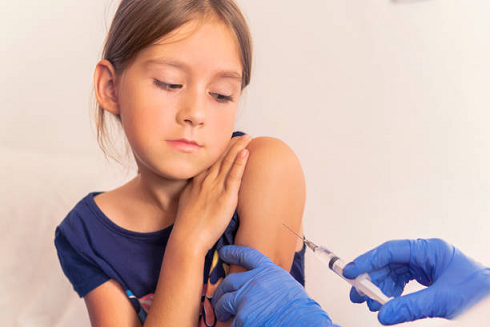



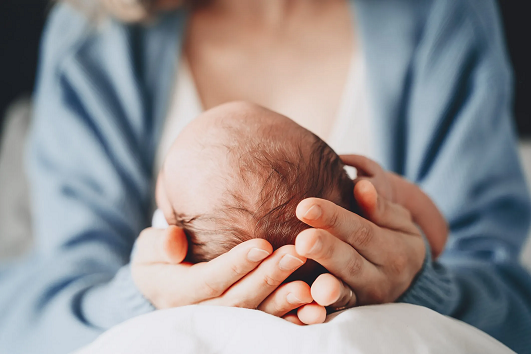

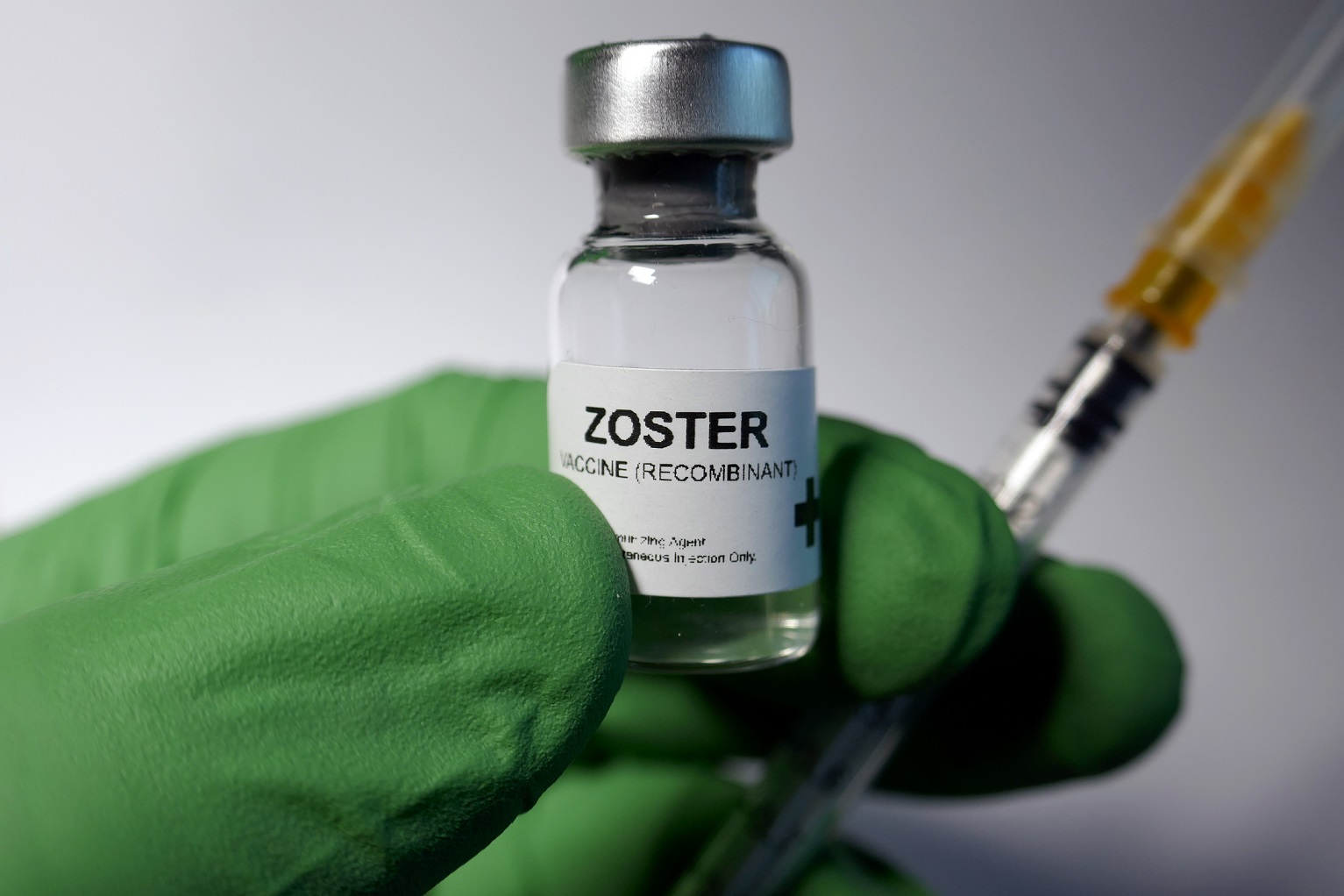

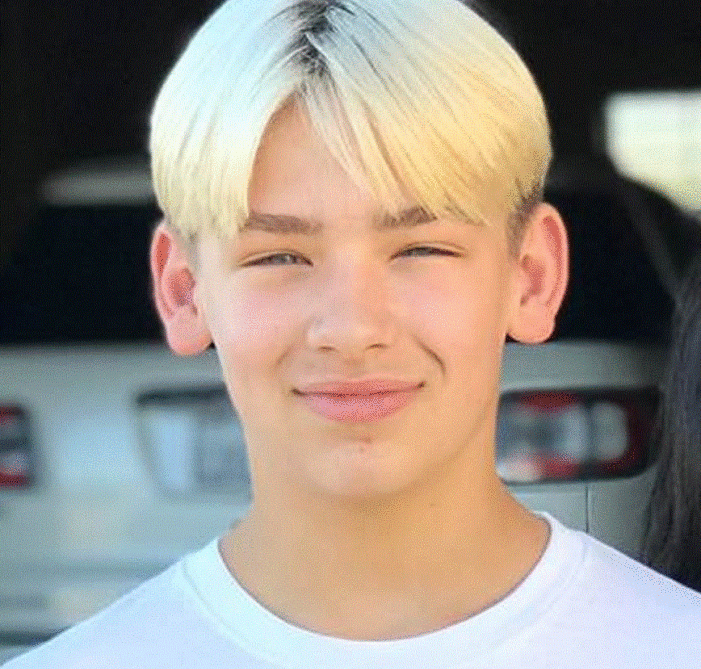
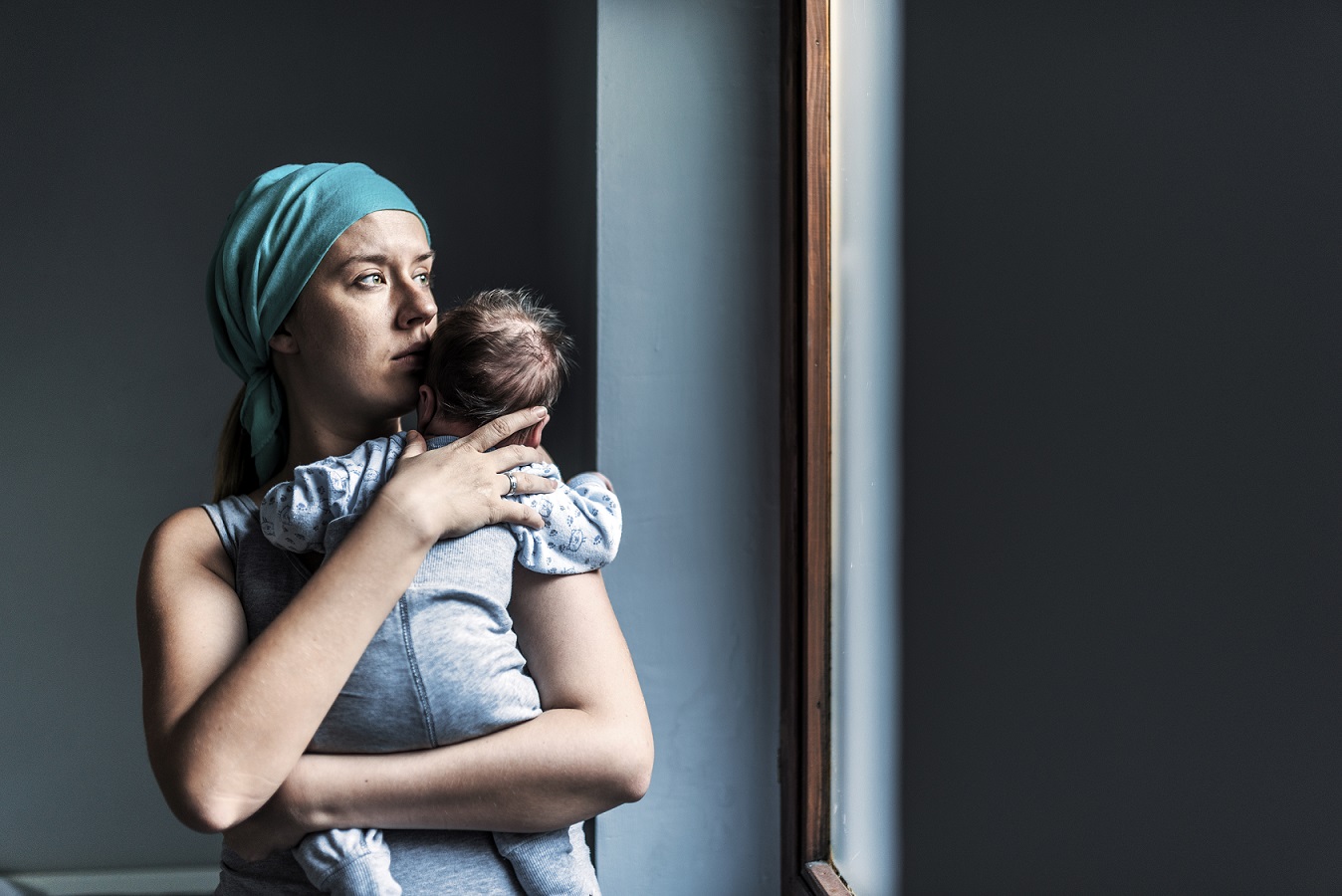
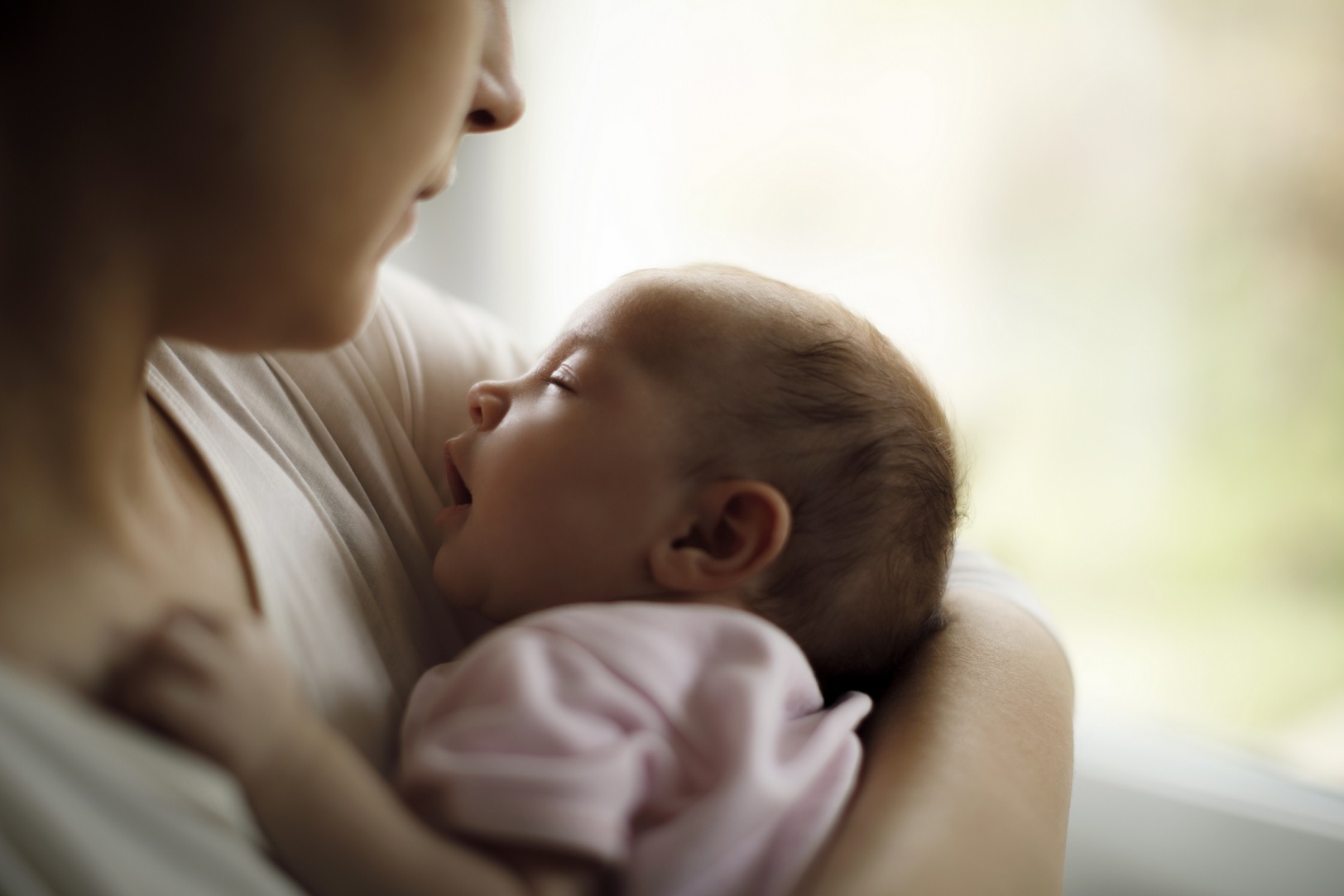
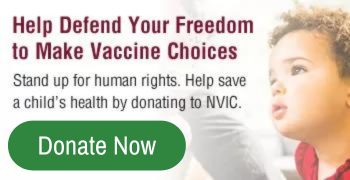
12 Responses
We need a completely new cost and benefit analysis on this “vaccine”
The initial one was fraudulent.
The benefits (efficacy) and dangers (alleged numbers of who would get cancer and the cost to treat) were exaggerated and inflated,
and the risks, harms, known side effects and injuries were and are minimized and concealed.
This is a form of scientific fraud. Healthy girls continue to be harmed. Stop the lie.
Should any caregiver be prompted to advise giving younger age groups vaccines without extensive testing and standards rather than just 3rd party recommendations? Reeks of income promotion rather than clinical trials and good research.
This is literally one of the most dangerous vaccines on the market. NINE?!
The HPV vaccine is very dangerous. It causes a lot of neurological damage. When we had the swine flu vaccine a small number of people were injured, some with Guillian Barre. The vaccine was then pulled. Many have been injured and the HPV should be pulled off the market.
The film called VAX II is an extremely powerful documentary about the injuries from the HPV. Any parent who considers this vaccine for a child should watch it and they will be very glad they did.
I wish people can not only the danger, but the darkness behind these vaccine agendas. Why are they injecting us with chemicals straight out of the womb? What are they really doing?
I wish people can not only see the danger, but the darkness behind these vaccine agendas. Why are they injecting us with chemicals straight out of the womb? What are they really doing?
This was one of the most evil, life destroying vaccines on the market prior to covid shots and these girls and boys suffering were gaslit to the extreme, and still are. The only correct dose is ZERO.
Just another case showing it’s not about protecting our children, but harming them! This vaccine should be prohibited, not promoted!! Leave our children alone!!
And leave the rest of us alone as well.
The ACIP work group said they were using the Cochrane’s systematic review. Let’s remember the Cochrane Review Board has been controlled by Big Pharma since it removed the founder, and 3 others left when that happened, in 2018.
Here’s a truly meaningful change to not only the HPV vaccines, but to all vaccines. Existence, to non-existence. There. Problems solved.
Insightful post! You did a great job covering the potential changes to HPV vaccine guidelines important info for anyone following vaccine policy updates.